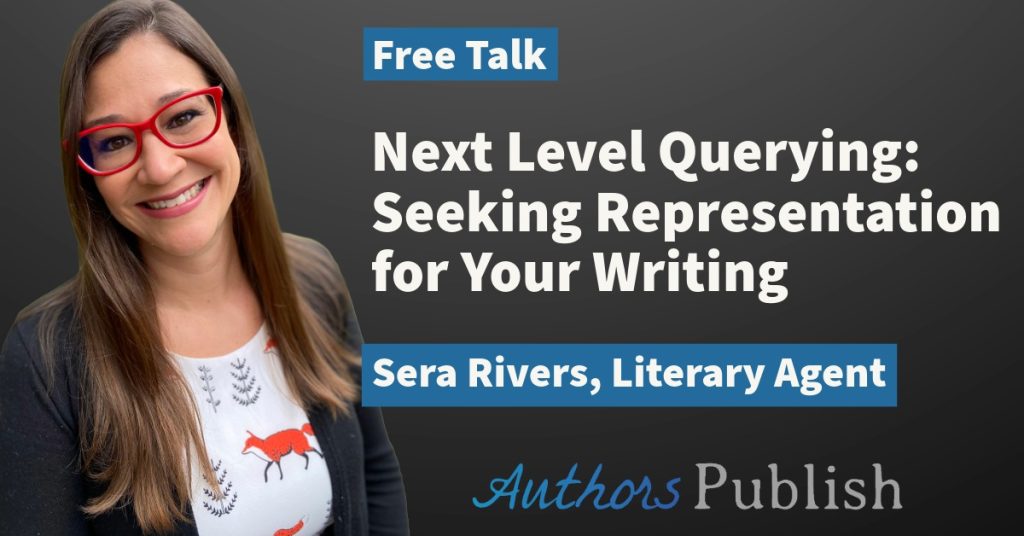By Ben Graff
As writers, we strive to make every word we place on the page work perfectly. However, readers frequently make judgments and buying choices without reading any of what we have written. Our cover designs are often the gateway to our work, and it is all too easy to undermine a great book through poor design choices. Whether you are collaborating with a team of artists or creating your own artwork, here are three tips to consider:
- A cover sets the tone and conveys the mood
It is not the job of a cover to tell the story of your book. That is what the book itself is for. Rather, a cover should frame the overall mood. Is your work hopeful, dark or uplifting? Have you written a comedy, a thriller or a biting indictment on modern society? Choose a colour scheme and imagery which are in keeping with the tone of what follows. To give an extreme example, if you are writing a light-hearted comedy, lots of black and images of tombstones are probably not the way to go. Sometimes we can be too close to our work to form an objective judgement. Showing friends sample designs and asking how they make them feel, is a useful further test as to whether the cover is in sympathy with the narrative that follows.
- Less is often more
Most books have several themes. It is very tempting to try and cram them all into the cover design, but this is generally a mistake. All those carefully plotted strands that work so well in your writing can look very confused when shoe-horned into a single cover picture. My new book’s protagonist wants to be world chess champion. He is fascinated by fire, has a famous novelist for a mother (whom he hates) and a whole host of health and alcohol related challenges. Trying to wrap all of that into one picture, or a number of pictures, would be very difficult to execute well. If you think mood, rather than narrative, you are more likely to land on something that works. I personally have a starting preference for single image covers. Certainly, the greater number of images you seek to combine, the more the need to challenge yourself as to whether the overall effect works.
- Look at other cover designs to help inform your choices
We were all readers long before we were writers. Our own stories are the product of both experience and the books that helped shape our imagination. Perhaps some are lucky enough to be as confident visually as they are with the written word, but I know I am not. As someone who is slightly color blind and could not draw if my life depended on it, I don’t have much natural talent when it comes to pictorial design. However, while thinking about the cover this time around, I was encouraged to look anew at those of books I liked. I learned a lot. Exploring how novels of a similar genre use colors and imagery is fascinating. There are as many great covers out there, as there is great writing. Just as with the books we love, it is not a case of looking to copy, but rather of trying to learn and be inspired.
Conclusion
A good cover is one of the most important marketing tools at a writer’s disposal. Get this right and you will draw readers in. Done poorly and you risk all the many hundreds of hours you have spent on your writing going to waste. The primary job of a cover is to capture the mood of what follows. Simple is good and it is worth spending some time to understand the artwork that is out there. With publication fast approaching this is a final chance to be creative, to help make something that is built to last. To frame the image that people will remember when they think of your book.
Bio: Ben Graff’s new novel, The Greenbecker Gambit, will be published in April. Ben is also the author of Find Another Place. He writes regularly for Chess and a number of other publications.






